The best chat-up line ever invented has to be the poem To His Coy Mistress, by Andrew Marvell, where, in 46 lines of glorious verse, he explains to his girl that they really do need to get down to some hanky-panky, because they won’t always be able to do so, and time is running out. Extended courtship and foreplay is all very well, he argues,
But at my back I always hear
Time’s winged chariot hurrying near…
I was thinking of this as I created my first app for my Pebble watch today, inspired by a combination of a 17th-century poet and my friend Richard, a 21st-century technologist. He held a party a little while ago to celebrate being one gigasecond old, and has a nice web page where you can check your age, too.
So, since part of the idea of the Pebble is that you can personalise it to a great degree, I thought that a watch face that showed my age in seconds would be a good project. I named it ‘Tempus Fugit’.
But then it occurred to me that one could also do the opposite – a countdown. How long I’ve been around is an interesting topic, at least for me. But how long I’ve got – well, that’s even more compelling!
Of course, life expectancy is a highly personal thing (and one wishes to avoid the estimation errors made by the Rich Fool in the parable) but it’s interesting to speculate. Life expectancy, in statistical tables, tends to be quoted as ‘expectancy at birth’, based on an assumption that mortality rates will continue through your life at the same kind of level as they were at your birth. When I was born, in 1967, it was about 69 years in the UK. It’s now 78, according to Wikipedia, and will no doubt continue to rise. So on the one hand, one might expect that the inferior healthcare, nutrition advice etc in my youth would mean that I probably come somewhere between the two. On the other hand, today’s figure doesn’t take into account the improvements in healthcare that are inevitable in the future, which may mean that my allotted span may be more that the expectancy of those born today (as will theirs).
So, as a rough estimate, averaging these two factors, I decided to use the present life expectancy for the UK, currently around 78 for men and 82 for women. (It’s slightly more in Canada and Australia, and a couple of years less in the U.S.).
And so, with a minor variation in the software, I now have two new watchfaces for my Pebble. The first, Tempus Fugit shows how many seconds I’ve been alive. The other shows my best estimate of how many I’ve got left, a number which is already distressingly lower than the first, and, of course, counting down…
Some may think this morbid. But I prefer to think of it as an inspiration… a call to action.
Oh, and in case I should be short of ideas about what to do with the time that remains, I named this second one Time’s Wingèd Chariot. I think Marvell would approve.
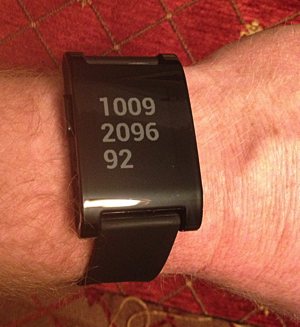
I may be celebrating a rather different kind of gigasecond soon!
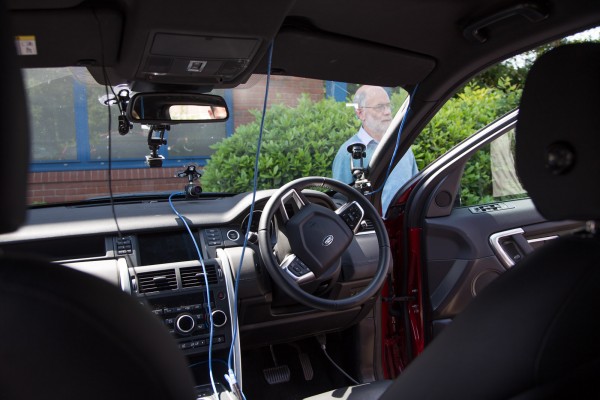
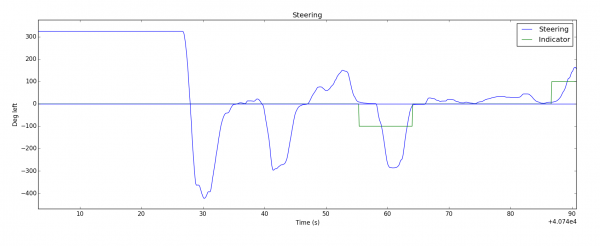
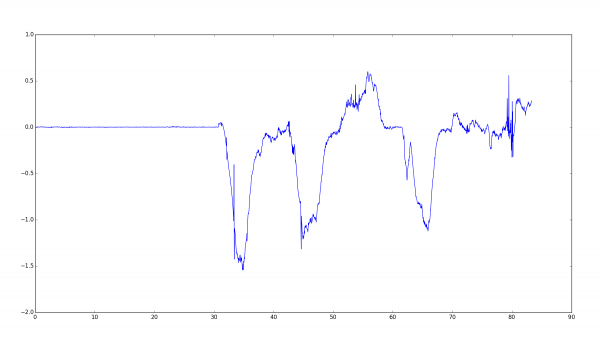

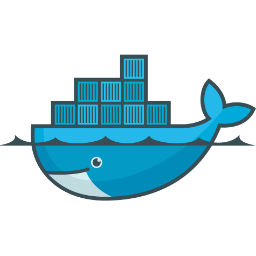 A geeky post. You have been warned.
A geeky post. You have been warned. I love my Mac and iOS devices, but writing native apps for them has always been made somewhat less pleasurable by the programming languages available. Objective-C (which is behind the typical app on your iPhone or Mac) has its merits, or at least, had its merits when it was designed 30 years ago, but things have moved on quite a lot since then. And don’t get me started on the abomination that is AppleScript…
I love my Mac and iOS devices, but writing native apps for them has always been made somewhat less pleasurable by the programming languages available. Objective-C (which is behind the typical app on your iPhone or Mac) has its merits, or at least, had its merits when it was designed 30 years ago, but things have moved on quite a lot since then. And don’t get me started on the abomination that is AppleScript…
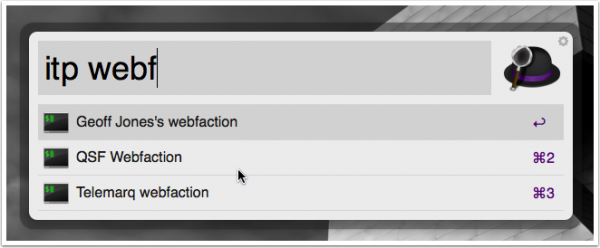
Recent Comments